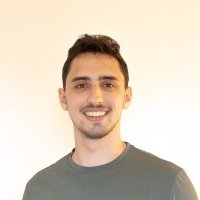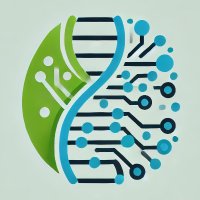
Ilan Mitnikov
@ilanmitnikov
ID: 1866738206370078720
11-12-2024 06:54:24
4 Tweet
16 Followers
71 Following


Amazing work by my friends and colleagues Ilan Mitnikov and Allan Costa along with NVIDIA — accelerated atomistic simulations via models that learn physics will be essential for true generalization and this kind of work is a significant stepping stone in this direction

Excited to see our work published in Science Magazine on generating novel disordered proteins with PLMs that selectively localize in biomolecular condensates! An honor to collaborate with Peter G Mikhael Ilan Mitnikov Henry Kilgore Regina Barzilay Richard Young science.org/doi/10.1126/sc…

Researchers MIT Jameel Clinic for AI & Health & Whitehead Institute introduce ProtGPS. Whereas AlphaFold predicts protein structure, ProtGPS predicts protein localization. Their results suggest previously unrecognized code telling proteins where to go. More in Science Magazine: science.org/doi/10.1126/sc…

